As the population ages, the need for affordable, available housing is becoming an increasingly pressing issue. Many cities are overcrowded and expensive, leaving homeowners to turn to alternative methods of housing for their aging parents or grandparents. One such option is the addition of an accessory dwelling unit (ADU) in the backyard. A recent AARP survey found that 67% of adults would consider living in an ADU to be closer to loved ones. This provides three main benefits: bringing family closer, saving money on nursing home expenses, and allowing the individual to maintain some level of independence. Read on to learn if this alternative housing might be right for you.
Is building an ADU cheaper than a nursing home?
This is a difficult question to answer, as there are a number of factors that will affect the cost of your build and the cost of a nursing home. There are many different types of nursing homes, from continuing care facilities to retirement communities, and the main difference is the range of care they offer to residents. Intuitively, the more care the facility offers, the more expensive the monthly cost will be.
The average, middle-of-the-road nursing home in San Diego costs about $9,500 a month, according to RetirementLiving. How does this compare to an ADU? A typical one bedroom, one bathroom ADU will generally cost $250,000 for the entirety of the build (including design, permitting, and construction), and an average design, permit & build process takes about nine months.
Thus, these expenses would become equal at roughly the two-year mark. Of course, the two options have very different implications and considerations. In the ADU option, you are not only housing your loved one; you are also adding value to your property that you will ultimately recoup when you sell. In the nursing home option, your loved one is receiving care.
Check out the 8 reasons homeowners decide to build an ADU.
Is an ADU better than a nursing home?
Accessory dwelling units have a number of benefits that differ from those of nursing homes, so a better question to ask yourself might be: will an ADU better serve my needs than a nursing home might? This could be the case, given the circumstances around your granny flat build.
Extra Care vs. Extra Close
If you are looking for housing for an elderly relative that requires more frequent, constant care, a nursing home may be the better option to offer constant medical attention. On the other hand, this may mean your loved one is a bit farther away. However, if proximity is your primary concern, then an ADU could be just what you need. How much closer can you get than your own back yard? This could be the ideal setup for a more independent, self-reliant individual.
Long-term vs. Short-term
As discussed above, nursing homes can be more cost-effective for a short-term living situation for a relative. However, if you are anticipating mom or dad needing a place to stay for a few years, an ADU will most likely save time and money for you and your relative. Beyond making a home for your family, an ADU is a much more permanent structure that will be on your property indefinitely. Even if your loved one no longer has a need for the ADU, you will have the option to rent out that unit (or your primary dwelling) down the line should it ever become vacant.
How do I choose a floorplan for my family?
The number of floor plans available to you may seem infinite, and in many ways, it is. One of the amazing things about investing in a stick-built ADU is that you have creative freedom throughout the design and construction process (within the bounds of what your property could support, of course). If you are planning to move mom and dad in, you may choose a one or two bedroom plan. Other families might want more space for storage or recreational use. Your contractor will be able to guide you towards what seems most reasonable for your purposes based on prior experience.
Can ADUs be handicap accessible?
The ability to customize your floorplan ensures your resident, whether a family member or otherwise, will be totally comfortable in their own home. Thus, accommodations can be made for a number of ability levels. Bathroom alterations, like a bar in the tub or a walk-in shower, are common and easy to account for. Larger-scale alterations, like building the ADU at grade level to avoid stairs, are also quite common.
Additionally, smart home features like motion sensor lights or sensors on doors can add peace of mind for caregivers or family members. Sensors on entry doors or cabinets can alert to activity in the ADU and ensure the occupant is secure. Automation can turn off lights, lock the front door and adjust the temperature for night time. Medicine cabinet sensors can help with medication monitoring. Voice-activated functionality in the ADU can be extremely useful in the event of a fall. And all elements can be monitored remotely and trigger alerts as desired to indicate a potential concern.
Your ADU can even be configured to offer a separate entrance to the property from the street, to offer more access by vehicle. This allows the resident more privacy and independence, while offering ease of access in case of an emergency. An important consideration that must be made is to ensure you are working within the setbacks of your jurisdiction.
How do you design ADA compliant ADUs?
When designing an Accessory Dwelling Unit (ADU) or a guest house, it’s possible to incorporate features that adhere to the Americans with Disabilities Act (ADA) guidelines. This ensures the space is not only comfortable but also accessible for individuals with disabilities.
Key modifications can include wider doorways, which are crucial for wheelchair accessibility. Standard door widths may not be sufficient, so doors that are at least 32 inches wide are recommended.
Incorporating grab bars in strategic areas such as bathrooms and hallways can significantly enhance the safety and accessibility of the ADU. These bars provide support and stability, particularly in bathrooms near the toilet and in the shower or bathtub. All of our ADUs have additional backing in place for future installation of grab bars.
Lowering kitchen counters can also make a significant difference, making the kitchen more accessible and user-friendly for individuals with disabilities.
Ensuring sufficient clearance for wheelchairs in confined spaces like bathrooms is another important consideration. The ADA recommends a minimum of 60 inches of turning space in bathrooms to accommodate a wheelchair.
Floorplan alterations can also be made to increase visibility throughout the home, creating a more open and accessible space.
Remember to discuss these points during your initial design discussions. By incorporating these changes into your ADU or guest house design from the outset, you can create a space that is not only comfortable and accessible for all, but also compliant with ADA guidelines.
Is an ADU better than assisted living?
All in all, your choice to invest in an accessory dwelling unit as an alternative to assisted living is largely dependent on your intended use, your timeframe, and the needs of the prospective resident. ADUs provide a convenient, flexible space that can be utilized over many years, which allows multiple uses of the space over time. Building a unit would greatly benefit your property value and resale value to reap the maximum long-term benefits and can be customized to be useful for generations to come.
Also consider our ADU Guide for Families.
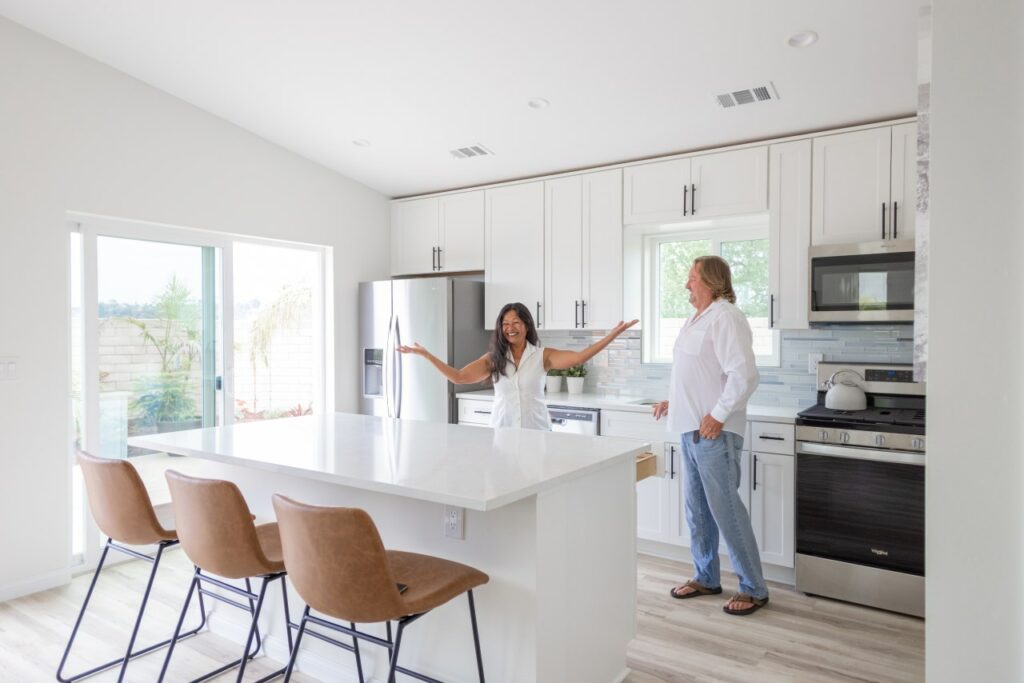
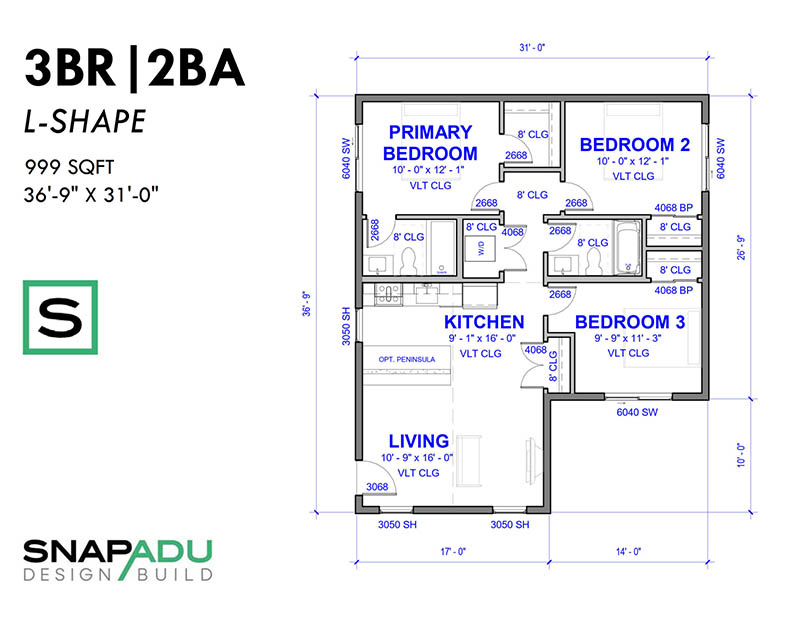
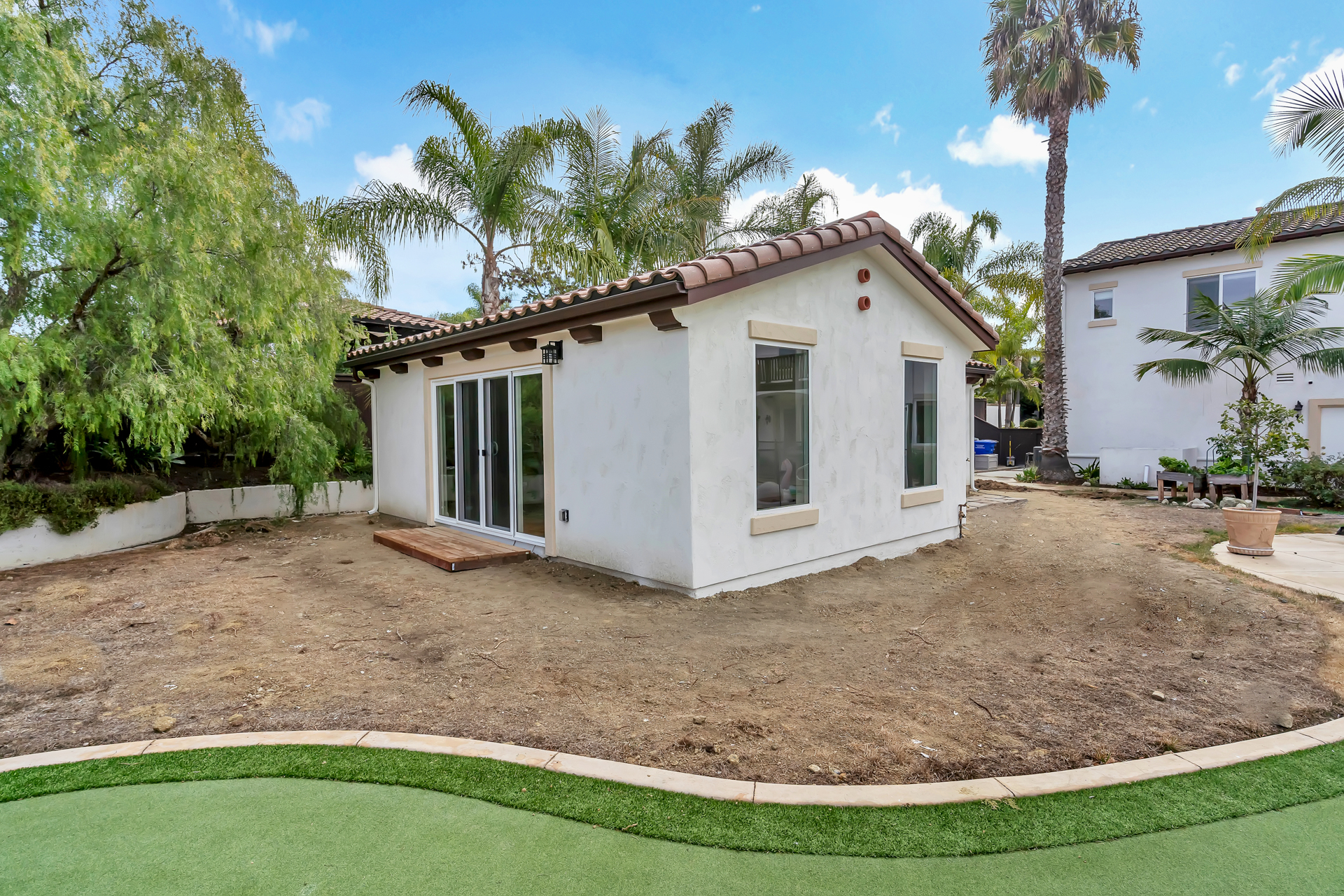

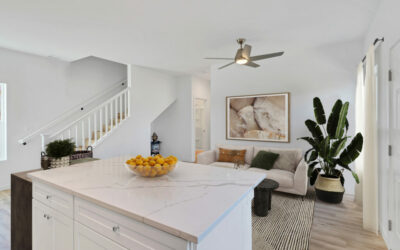
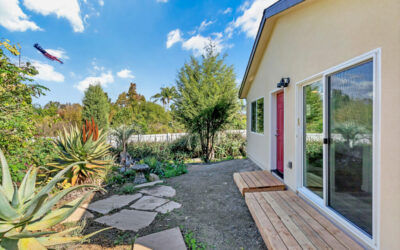
0 Comments